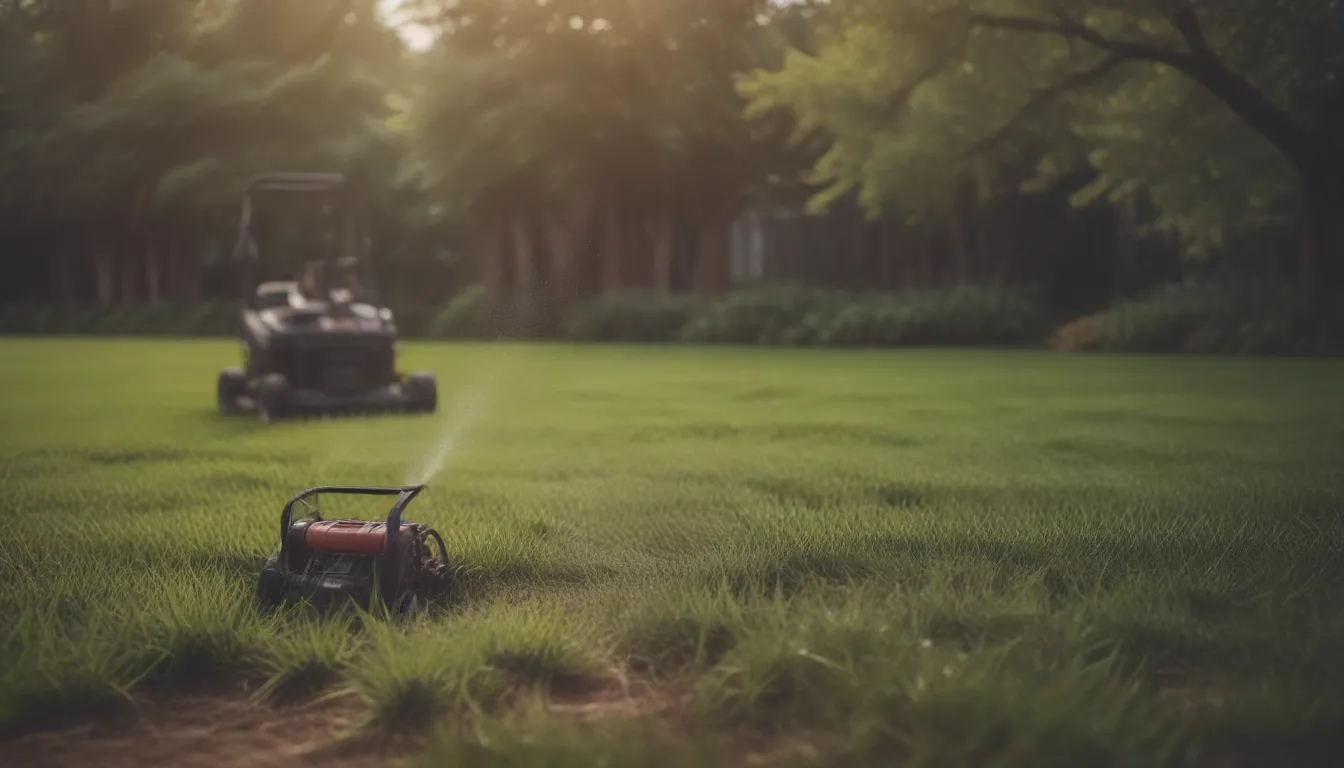The Ultimate Guide: Everything You Need to Know About Lawn Aeration

Maintaining a healthy, lush lawn requires more than just regular mowing and watering. One crucial aspect of lawn care that often gets overlooked is lawn aeration. Lawn aeration is the process of creating small holes in the soil to allow air, water, and nutrients to penetrate the root system of the grass. This helps to reduce soil compaction, promote root growth, and improve overall lawn health.
In this comprehensive guide, we will delve into everything you need to know about lawn aeration. From the benefits of lawn aeration to different types of aeration methods and cost factors, we’ve got you covered. So, grab a cup of coffee, sit back, and let’s dive into the world of lawn aeration!
Benefits of Lawn Aeration
Before we discuss the cost of lawn aeration, let’s first understand why lawn aeration is essential for maintaining a healthy lawn. Here are some of the key benefits of lawn aeration:
- Reduces soil compaction
- Improves air, water, and nutrient penetration
- Promotes root growth
- Helps break up thatch buildup
By incorporating lawn aeration into your lawn care routine, you can ensure that your grass stays vibrant and healthy throughout the year.
Types of Lawn Aeration
When it comes to lawn aeration, there are several methods to choose from. Each method has its own pros and cons, so it’s essential to understand the differences before deciding which one is right for your lawn. Here are some common types of lawn aeration:
Core Aeration
Core aeration is considered one of the most effective types of lawn aeration. This method involves using a gas-powered machine, a tow-behind unit, or a hand tool with hollow tines to remove plugs or cores of soil, grass, and thatch from the lawn. Core aeration creates openings for air and water without compacting the surrounding soil.
Spike Aeration
Spike aeration involves forcing metal spikes into the lawn to create holes. While spike aeration is effective at creating openings, it can lead to soil compaction around the holes. Unlike core aeration, no soil is removed with spike aeration.
Liquid Aeration
Liquid aeration is a cost-effective alternative to traditional aeration methods. This method involves using a liquid aerator product containing organic humates and surfactants to promote soil aeration. While liquid aeration can help improve water penetration, it is not a replacement for core or spike aeration.
Lawn Aeration Cost Factors
The cost of lawn aeration can vary depending on several factors. Understanding these factors can help you estimate how much it will cost to aerate your lawn. Here are some key cost factors to consider:
- Size of the lawn
- Aeration pricing structure
- Lawn slope
- Need for overseeding
By taking these factors into account, you can get a better idea of how much you can expect to pay for lawn aeration.
How to Calculate Lawn Aeration Cost
Estimating the cost of lawn aeration is relatively straightforward once you know the size of your lawn. You can use average lawn aeration price tables to calculate the cost based on the square footage of your lawn. Here are two methods to calculate lawn size:
- Measure the length and width of each section of lawn to calculate the total area.
- Estimate the size of your lawn based on average residential lot sizes.
Once you have an estimate of your lawn size, you can use this information to calculate the cost of lawn aeration based on the pricing structure of the service provider.
DIY vs. Professional Lawn Aeration
Deciding whether to aerate your lawn yourself or hire a professional service is a personal choice that depends on various factors. DIY lawn aeration can be cost-effective if you have a small lawn and the time and tools to complete the job. However, for larger lawns, hiring a professional service may be more efficient and cost-effective in the long run.
Here are some common options for DIY lawn aeration:
- Manual aerator
- Tiller with aerator attachment
- Tow-behind aerator
- Gas-powered aerator
Each option has its own set of pros and cons, so it’s essential to choose the method that best suits your lawn’s needs and your budget.
How to Know If Your Lawn Needs Aeration
To determine if your lawn needs aeration, look out for the following signs:
- Soil is too dense to pierce
- Water pools on the surface
- Grass is patchy or discolored
- Thatch buildup is visible
If you notice any of these signs, it may be time to aerate your lawn to keep it healthy and thriving.
In conclusion, lawn aeration is a crucial aspect of maintaining a healthy and vibrant lawn. By understanding the benefits of lawn aeration, different types of aeration methods, cost factors, and DIY options, you can make an informed decision on how to care for your lawn. So, take the time to assess your lawn’s needs and consider incorporating lawn aeration into your regular lawn care routine for optimal results.
Remember, a healthy lawn starts from the ground up, so don’t forget to give your lawn the aeration it deserves!





